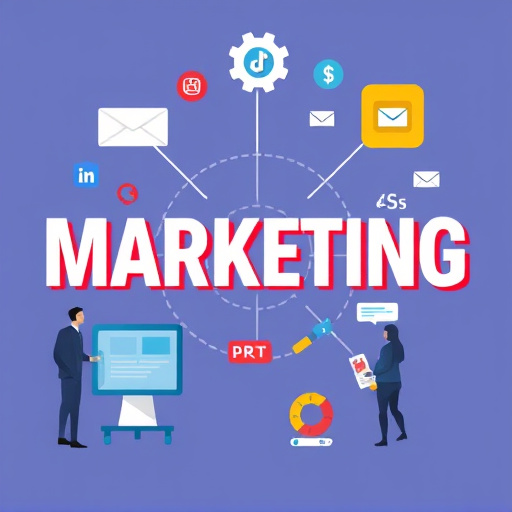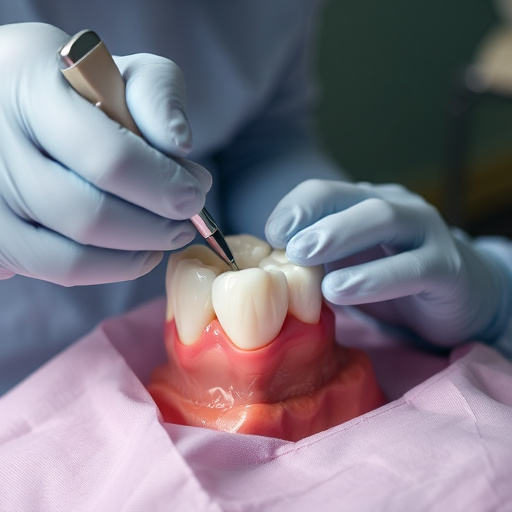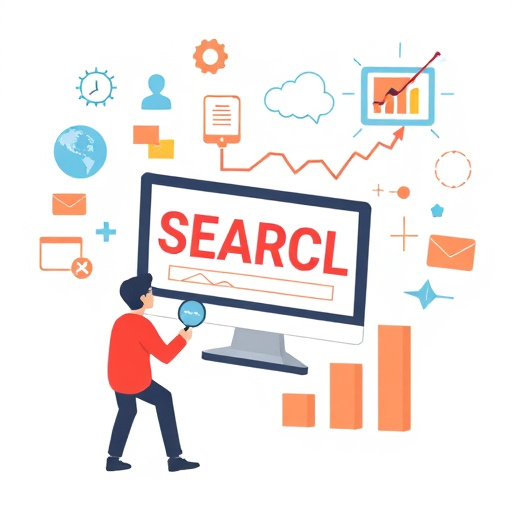In competitive professional web design, content optimization is crucial for top search engine rankings. This involves creating high-quality, keyword-rich content tailored to target audiences' needs, such as "web design South Florida" or "website design agency." Technical SEO aspects like fast load times, structured data, mobile responsiveness, and HTTPS security are foundational. A strong User Experience (UX), with elements like responsive design, optimized speeds, clear CTAs, and easy filtering, drives search success by increasing engagement and reducing bounce rates. These strategies collectively enhance online visibility for businesses seeking professional web design services.
In the competitive digital landscape, a well-optimized professional web design is key to success. This article explores the essential best practices for integrating Search Engine Optimization (SEO) into your web design builds. We delve into optimizing content tailored for professionals, addressing critical technical aspects, and understanding the intimate connection between user experience and SEO strategy. By embracing these principles, businesses can enhance online visibility, attract target audiences, and drive sustainable growth in their respective industries.
- Optimizing Content for Professional Web Design SEO
- Technical Aspects of SEO in Web Design Builds
- User Experience and Its Role in SEO Strategy
Optimizing Content for Professional Web Design SEO

In the realm of professional web design, optimizing content is a cornerstone of successful SEO. Crafting compelling and keyword-rich content that aligns with your target audience’s search queries is paramount. Incorporate relevant industry terms and phrases naturally throughout your website’s copy, ensuring it resonates with potential clients searching for services like web design South Florida or exploring options at a reputable website design agency. Remember, the goal is to provide valuable insights while subtly signaling your expertise in the market, whether you’re based in Fort Worth or beyond.
A strategic content optimization approach involves more than just keyword stuffing. It entails creating structured and easily navigable pages that guide users through your professional web design services. Utilize header tags, subheadings, and bullet points to break up text and make information digestible. This not only enhances user experience but also signals search engines that your website offers valuable, organized content, further boosting your SEO for professional web design.
Technical Aspects of SEO in Web Design Builds

In professional web design builds, the technical aspects of SEO play a foundational role in establishing online visibility and performance. From ensuring fast page load times to implementing structured data markup, these elements directly impact how search engines crawl and index your website. A well-designed site architecture with proper internal linking helps search algorithms understand the hierarchy and relevance of content, thereby improving Google search rankings. Additionally, optimizing meta tags, headings, and alt text is crucial for both on-page SEO and local SEO in Fort Lauderdale, ensuring that your business appears relevant to nearby searches.
Focusing on mobile optimization is another critical technical aspect, as a growing majority of online searches are conducted on smartphones and tablets. Responsive design ensures your site adapts seamlessly to different screen sizes, enhancing user experience and encouraging longer visits. Moreover, building a secure website with HTTPS protocol instills trust in visitors and signals to search engines that your site is safe for both users and data exchange, which can indirectly contribute to better rankings and increased engagement from link building services.
User Experience and Its Role in SEO Strategy

In the realm of professional web design, User Experience (UX) is a cornerstone that directly impacts Search Engine Optimization (SEO) strategy. A well-designed website that offers a seamless and intuitive navigation experience encourages users to explore deeper, engage with content, and ultimately convert. This interaction signals to search engines like Google that the site is valuable and relevant, boosting its online visibility and ranking in both local and global searches. For instance, a local business online marketing strategy can be significantly enhanced through effective UX design in their website design Fort Worth, ensuring potential customers have a positive experience, leading to better local search optimization.
By prioritizing user needs and preferences, web designers can create sites that not only attract but also retain visitors. This retention is crucial for SEO as search engines favor websites with lower bounce rates and higher time spent on page. Incorporating features like clear calls-to-action, easy filtering options, responsive design, and optimized loading speeds are all part of the professional web design process that contributes to a robust SEO strategy. These elements collectively improve user satisfaction and encourage sharing, backlinking, and other forms of online promotion that drive organic traffic and reinforce a business’s online presence.
Incorporating SEO best practices into professional web design is not just an enhancement but a necessity. By optimizing content, addressing technical aspects, and prioritizing user experience, websites can significantly improve their search engine rankings. A well-designed, SEO-friendly site doesn’t only attract more organic traffic; it fosters engagement, enhances brand visibility, and ultimately contributes to business growth. Remember, in the competitive digital landscape, a professional web design that incorporates these strategies is a powerful tool for success.














